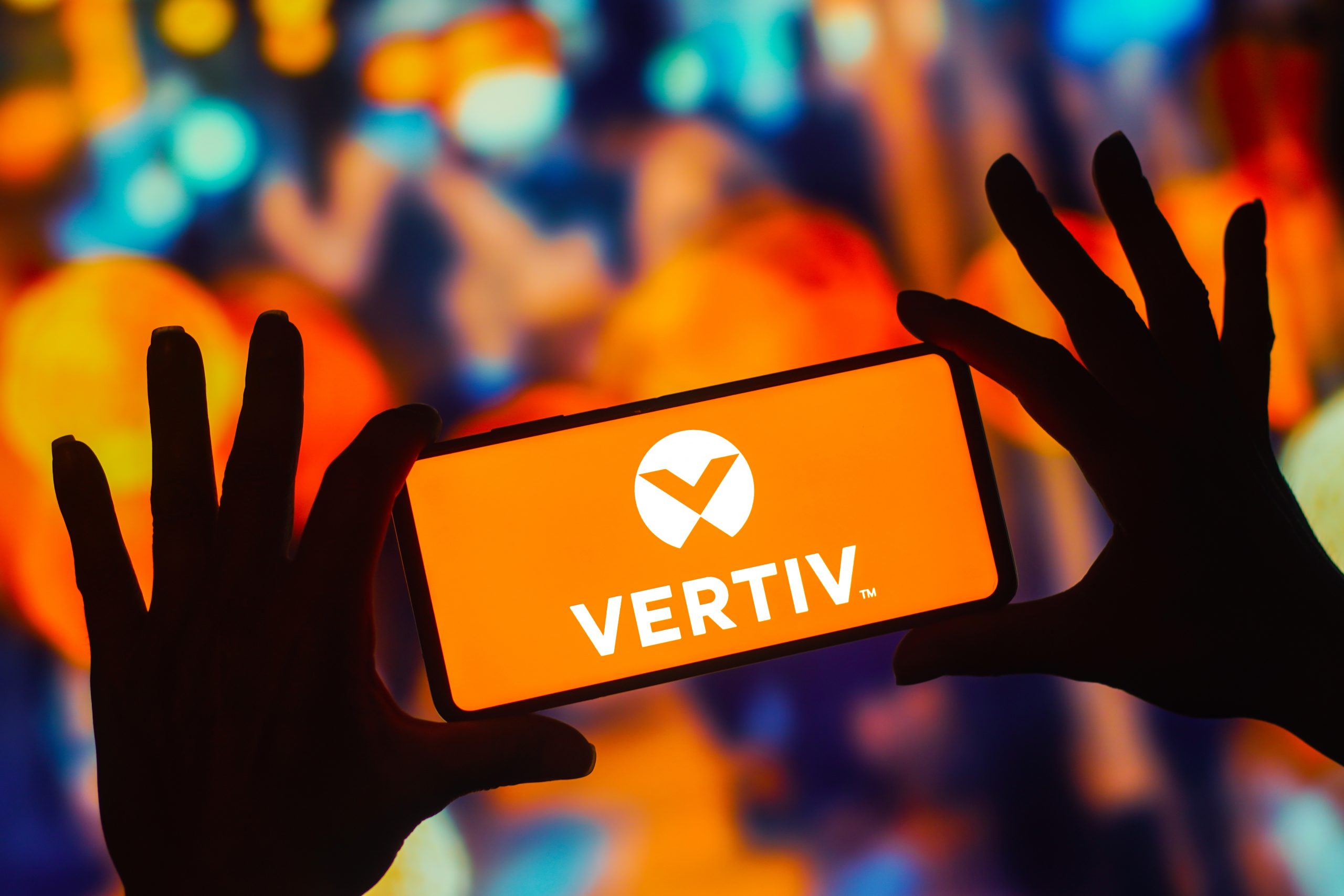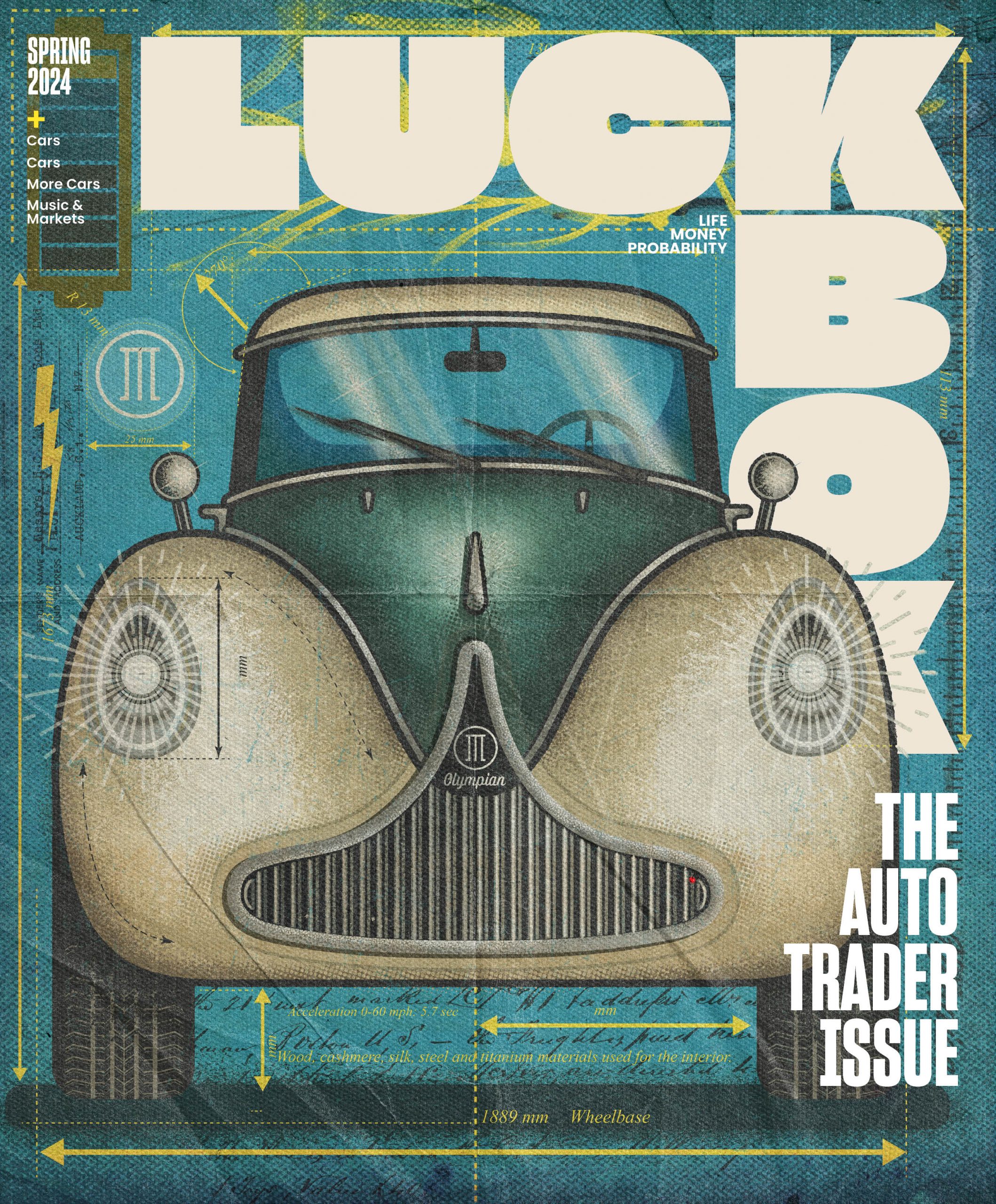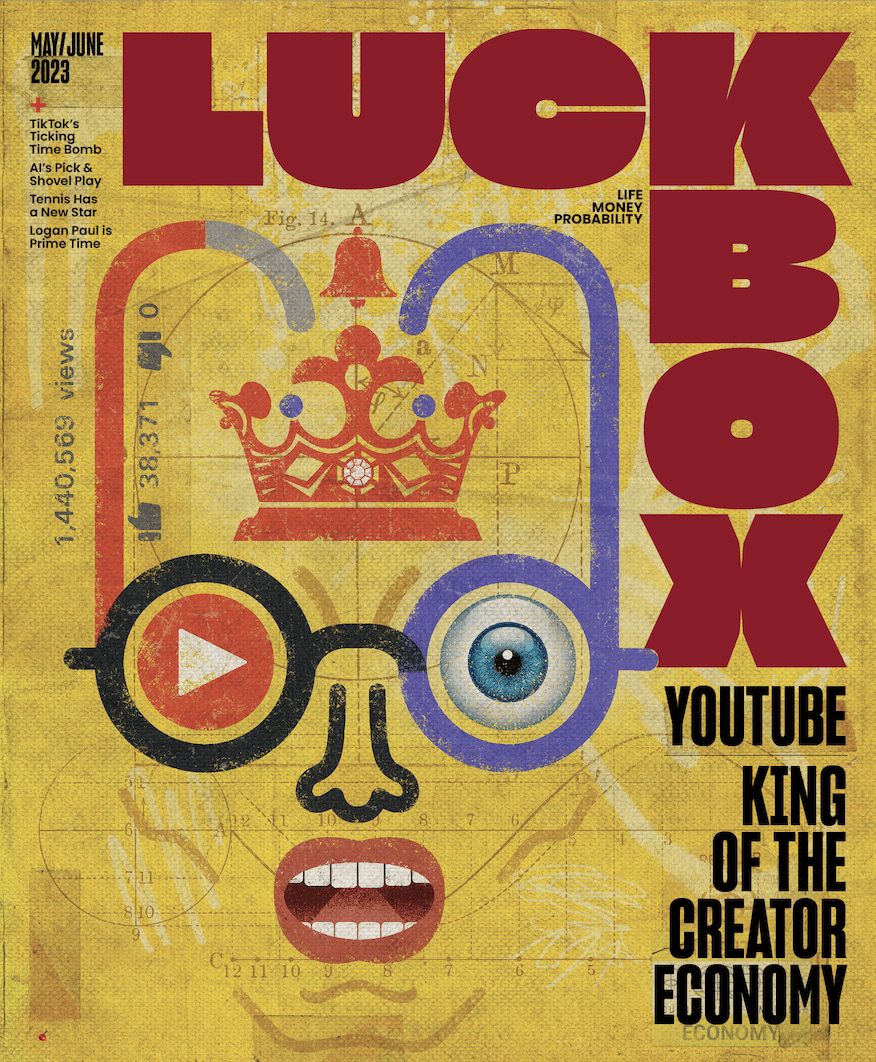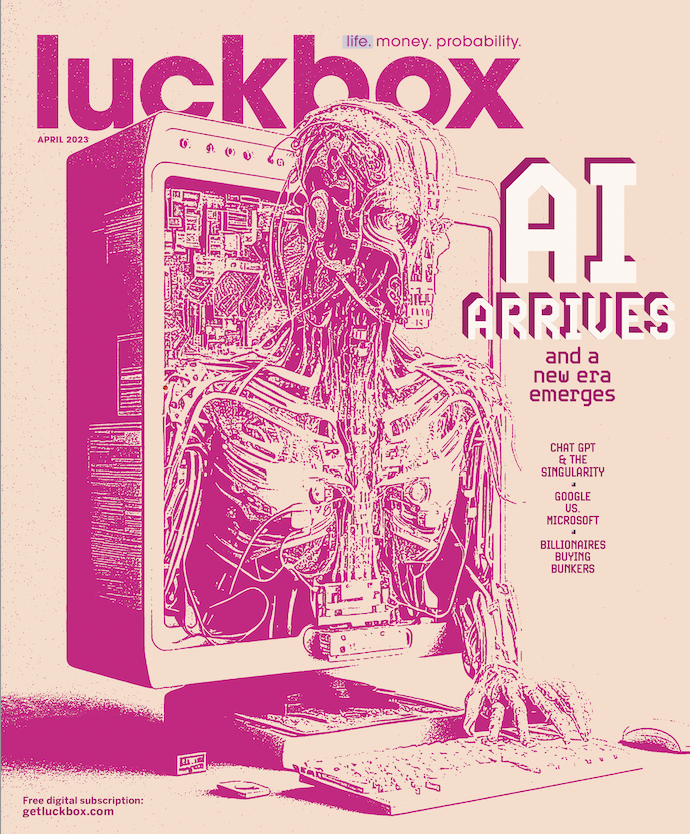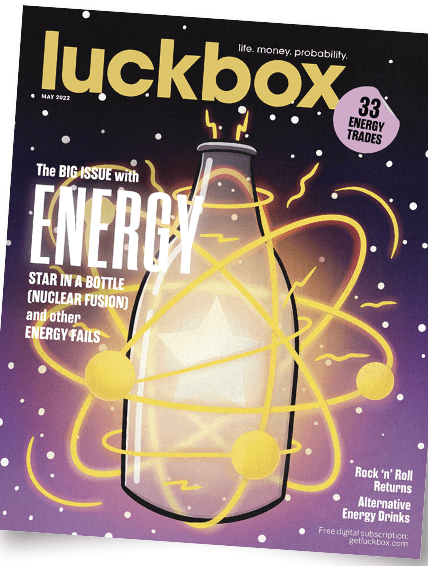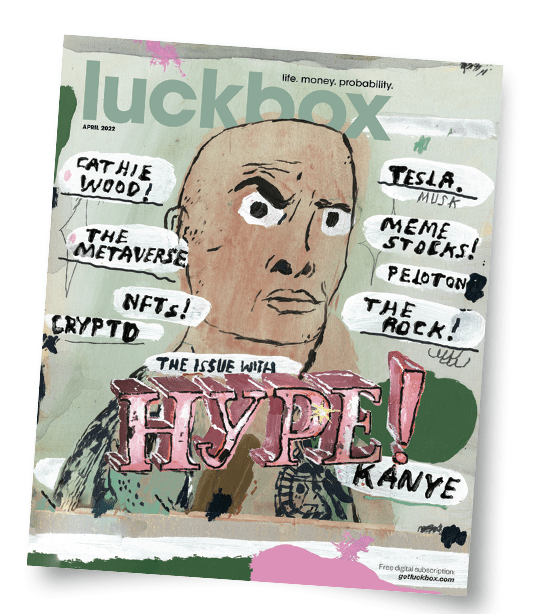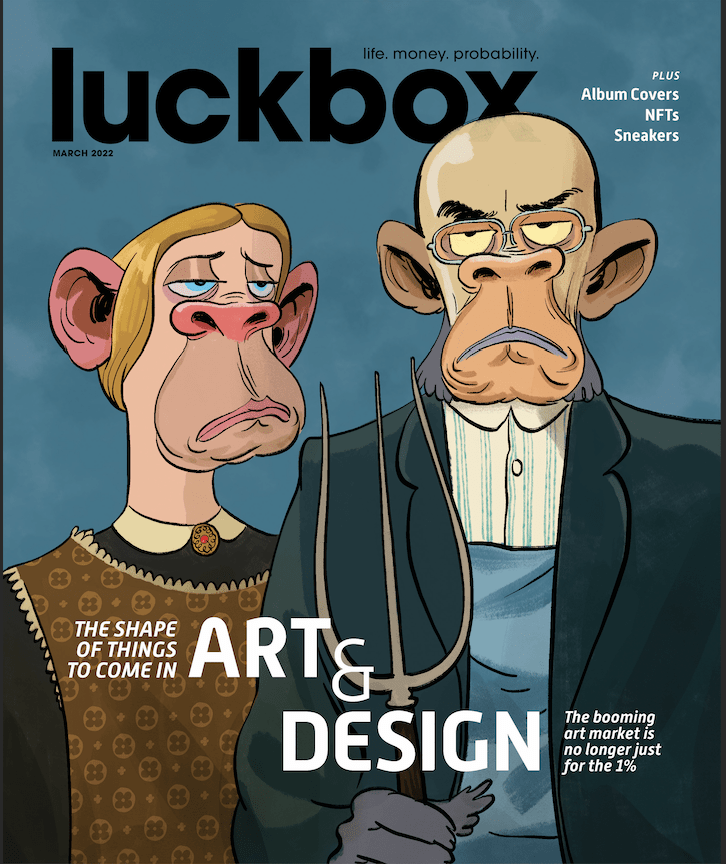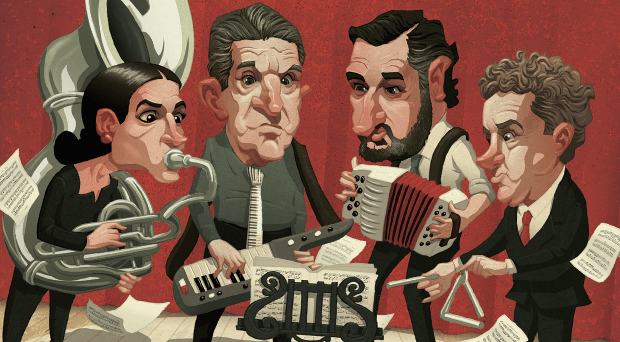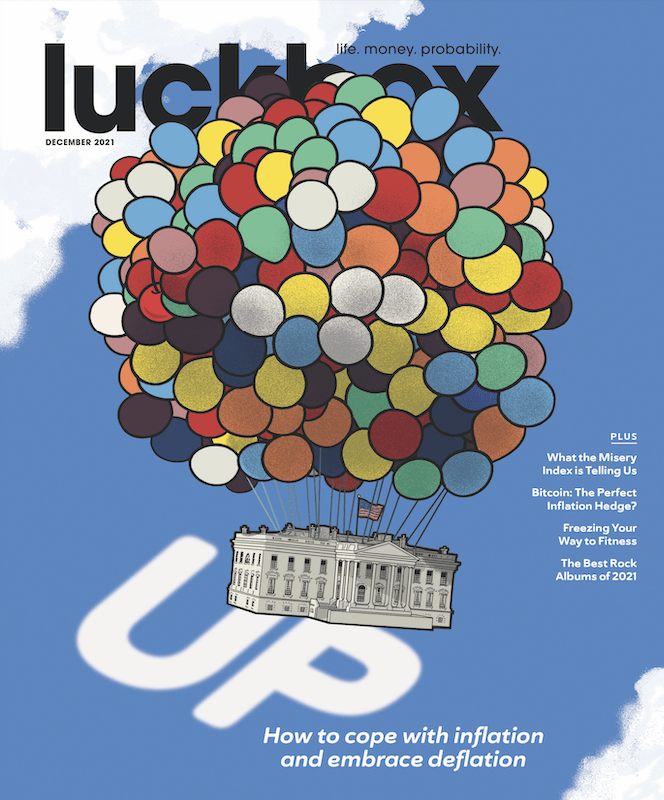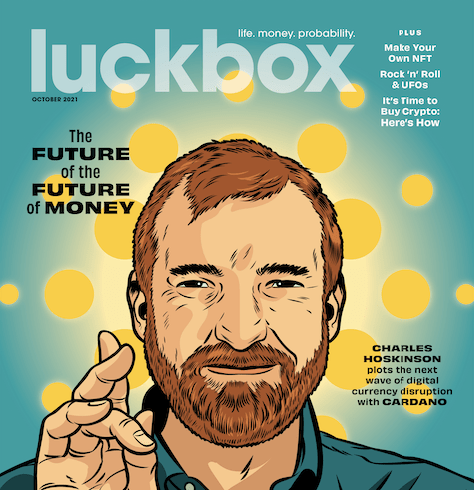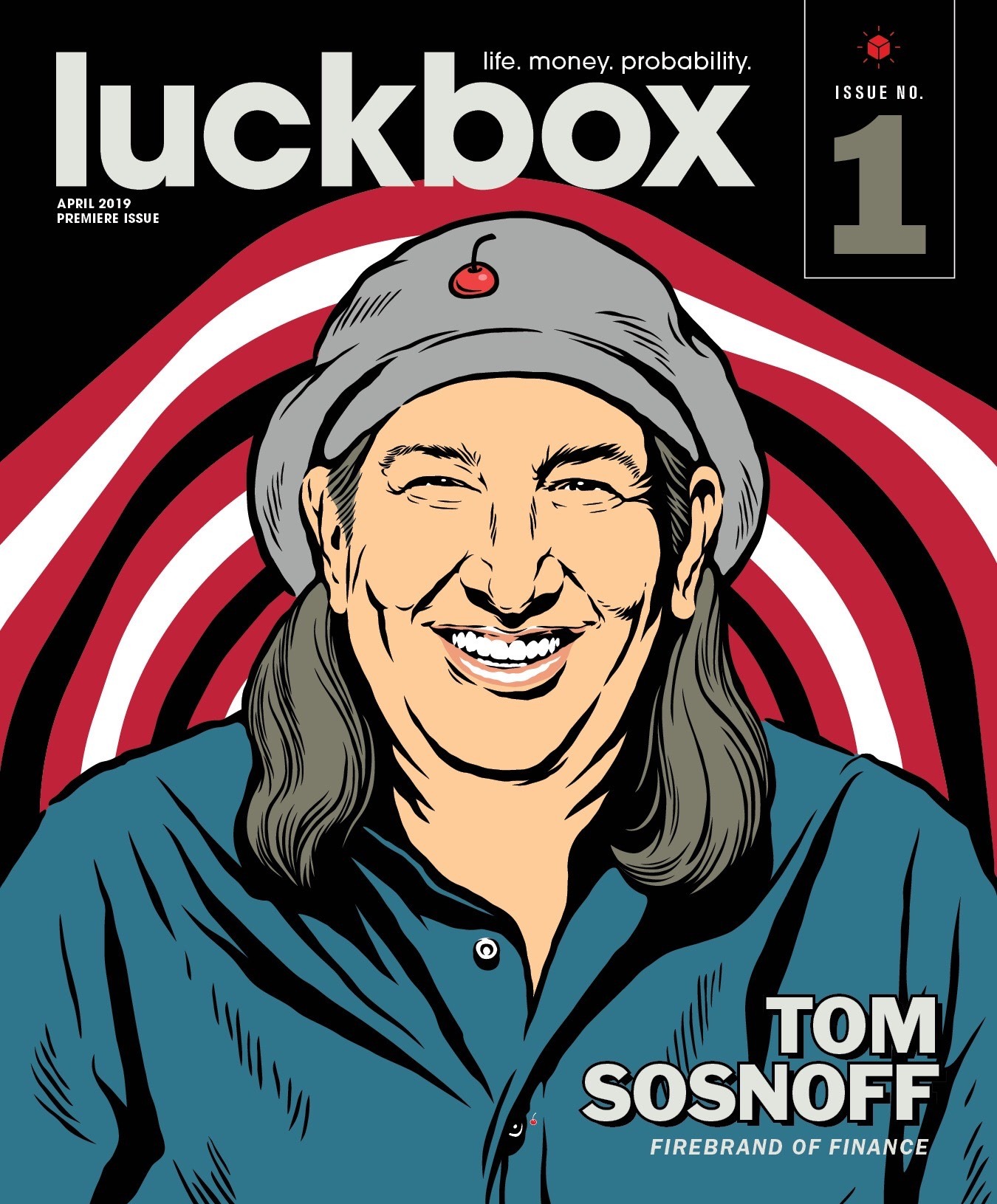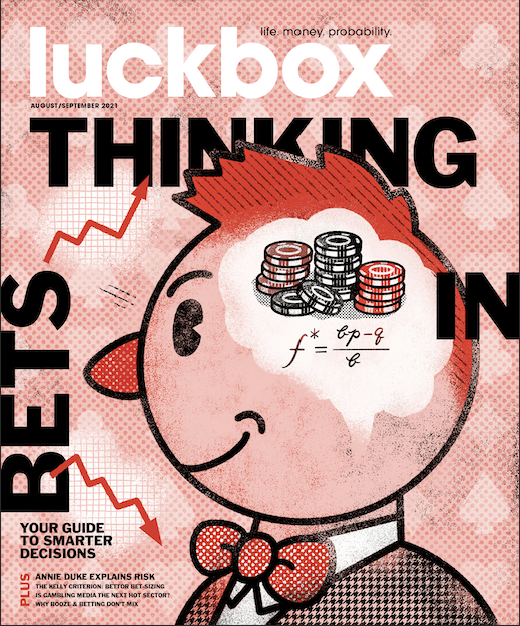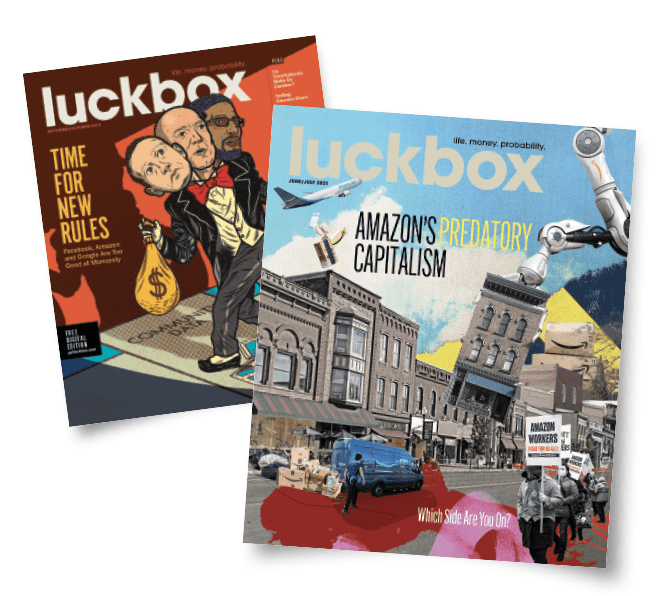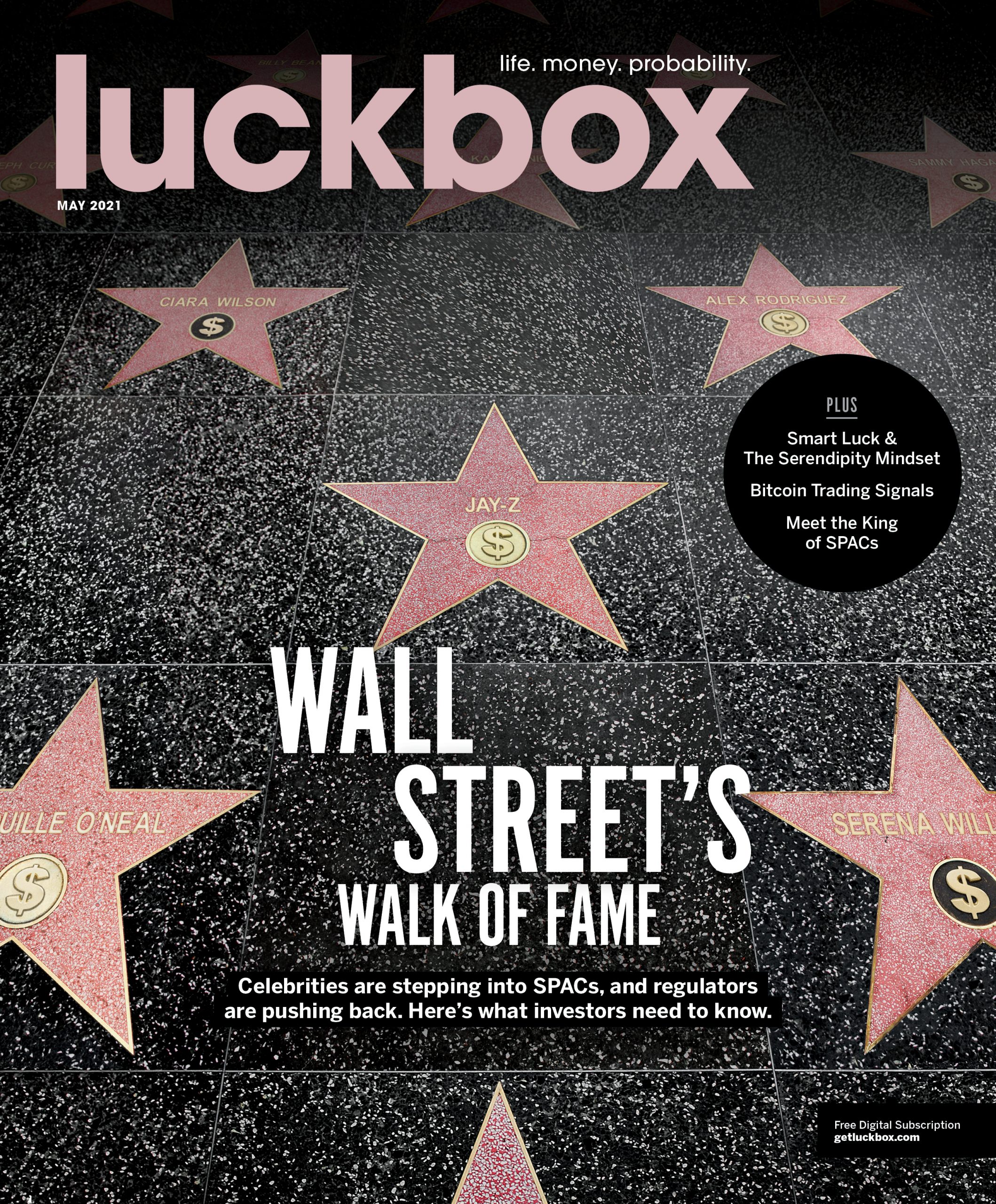COMEBACK IDS
Two big stories are dominating the financial pages as Luckbox goes to press—the stock market sell-off and Elon Musk’s acquisition of Twitter. Both got us thinking about comebacks.
Active investors are losing sleep, tossing and turning as they fret about market strategy. In their sleep-deprived minds, they create scenarios for how each approach to active investing could succeed or fail.
Meanwhile, Musk faces his own daunting challenge. If he acquires Twitter, how will he rebuild it?
The task Musk has chosen has something in common with the situation that bedevils the investment community. The only way out of either is through the id, that sometimes wayward component of the human psyche.
The id is the only part of the personality present at birth, according to pioneer psychologist Sigmund Freud. It’s that primitive piece of the personality that strives to fulfill the most basic urges.
It could be what drives investors to struggle for personal comebacks in today’s uncooperative market. It might also drive Musk to innovate for profit.
Momentum—whatever the source—is nothing new for Musk. Multiple sources, including 15 Facts About Elon Musk on moneycontrol.com, have captured the highlights of his wild ride.
At age 12, the South African native who became the world’s richest person invested his own money to create a space combat game cleverly named “Blastar.” He sold it to PC and Office Technology magazine for $500.
Musk was 28 years old in 1999 when he and his brother, Kimbal, sold their Zip2Map and business directories to Compaq for $307 million.
That same year, Musk co-founded an online bank called X.com. It merged with Confinity Inc. to form PayPal, which eBay bought in 2002 for $1.5 billion. Musk walked away with stock valued at $165 million.
In 2002, Musk started SpaceX in the belief that humankind must become interplanetary to survive. He also found space travel too expensive.
The first SpaceX success came with the launch of the Falcon 1 in 2006, and then the Falcon Heavy in 2018. The Falcon Heavy carried twice the cargo of its closest competitor at one-third the cost. The company has helped reduce the cost of a typical space station mission from $1 billion to $60 million.
Tesla was started in 2003, and Musk got involved the next year by investing $6.5 million. By 2008, he had risen to CEO and product architect. The company has produced 70% of the electric vehicles in the U.S.
SpaceX and Tesla qualify as comeback stories because both ventures came close to failing. The first three SpaceX rockets exploded upon landing, but the company succeeded on the fourth attempt. The original Tesla Roadster was plagued with production problems, but the Model Y and Model 3 each sold well over 100,000 units in 2021, placing them among the 20 top-selling vehicles in America.
On April 26, 2022, Twitter’s board accepted Musk’s $44 billion bid to acquire the public company. He has since procured investment commitments from Oracle co-founder Larry Ellison and from institutional investors like Sequoia, Fidelity and the cryptocurrency platform Binance.
In early May, The New York Times Daily Business Briefing released details of the pitch deck Musk presented to prospective Twitter investors. The revamped business plan’s highlights include growing revenue from $5 billion to $26.4 billion by 2028, reducing reliance on advertising revenue from 90% to 45% by generating $10 billion in subscriptions, launching a payments platform targeting $1.3 billion by 2028, growing the user base from 217 million at the end of 2021 to 931 million in 2028, and launching “X,” a yet-to-be-revealed subscription-based product projected to acquire 9 million users in its first year.
At press time, a Musk-Twitter deal remained uncertain. Nevertheless, Musk’s detailed plans to make money with Twitter, along with other restart stories in this issue, may inspire readers to work out their own comeback schemes—and then get some much-needed sleep.
Ed McKinley, Editor in Chief
Jeff Joseph, Editorial Director


